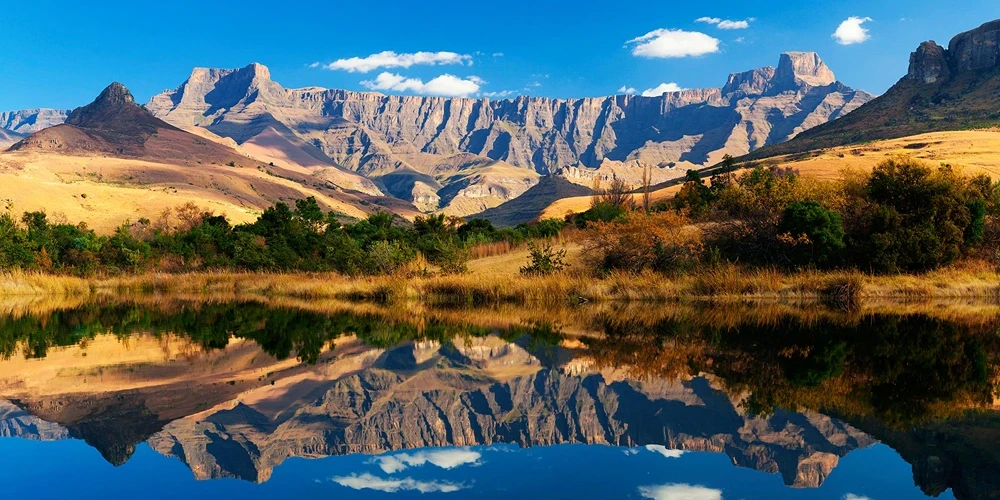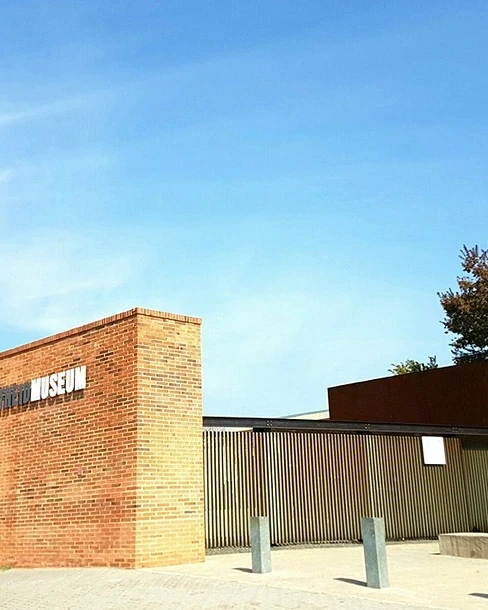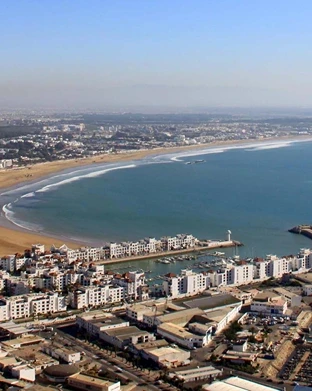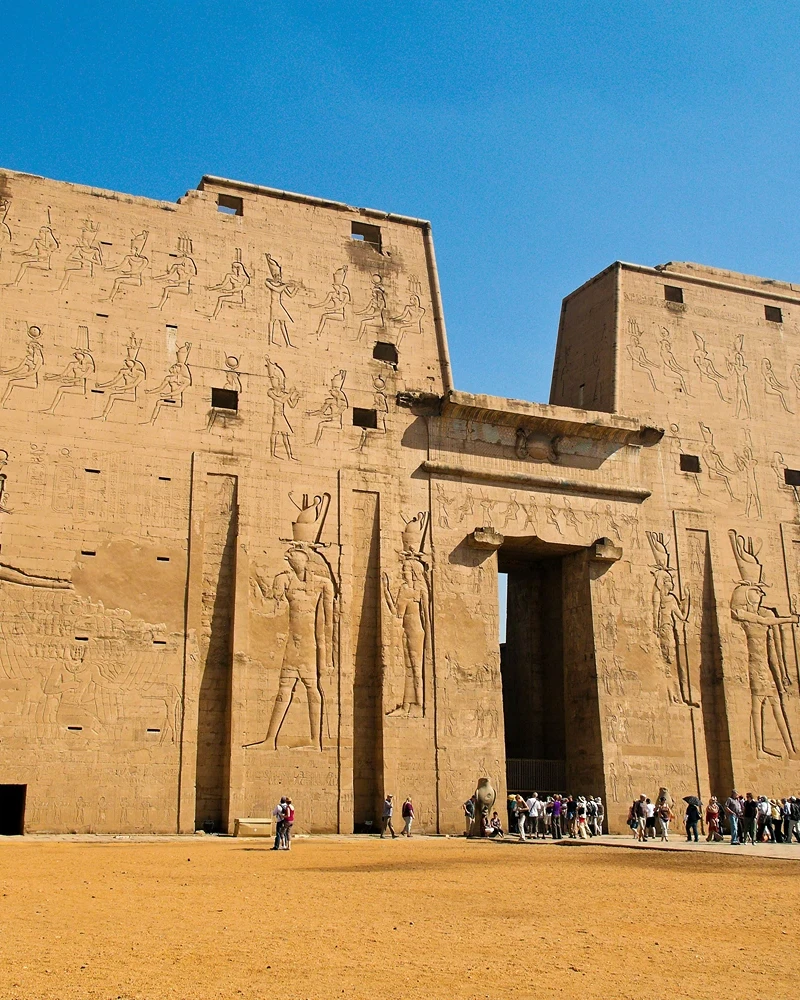Are you ready to explore one of South Africa’s most captivating natural wonders? The Drakensberg Mountains, often overshadowed by the more famous Mount Kilimanjaro, hold their own unique allure. Spanning over 243,000 hectares and reaching elevations of up to 3,482 meters, this mountain range is much more than just a stunning backdrop. From their rich history and cultural significance to the myriad of outdoor activities they offer, the Drakensberg Mountains are a treasure trove waiting to be explored. Dive into this comprehensive guide and discover why these mountains deserve a spot on your travel bucket list.
Location and Geography of the Drakensberg Mountains
The Drakensberg Mountain Range, the highest in southern Africa, reaches an elevation of 3,482 meters. It spans across South Africa and Lesotho, forming the eastern section of the Great Escarpment. The range is a prominent geographical feature that borders the Central Plateau of Southern Africa. Its significance extends beyond its height, as it also influences the climate and hydrology of the region, providing essential water resources to the surrounding areas.
| Country | Provinces/Regions |
| South Africa | Eastern Cape |
| South Africa | KwaZulu-Natal |
| South Africa | Free State |
| South Africa | Mpumalanga |
The Drakensberg Mountains form natural borders between Lesotho and several South African provinces, including Eastern Cape, KwaZulu-Natal, Free State, and Mpumalanga. Covering an area of 243,000 hectares, the range is a critical natural landmark and an essential part of the region’s environmental and cultural heritage.
Historical and Cultural Significance of the Drakensberg Mountains
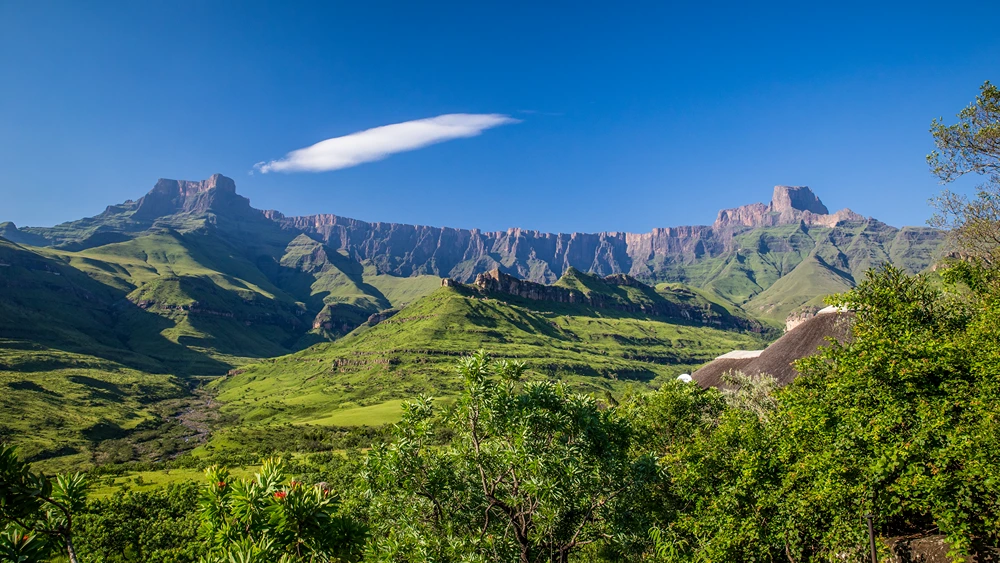
The Drakensberg Mountains are home to ancient rock art created by the San people, some dating back thousands of years. These artworks are not only stunning but also provide a window into the lives and beliefs of the region’s earliest inhabitants.
The cultural heritage of the Drakensberg Mountains extends beyond the rock art. The area includes significant battlefields and museums that commemorate historical events. Sites such as the Battle of Spion Kop and the Battle of Blood River are notable for their historical significance. These landmarks serve as reminders of the region’s tumultuous past and offer educational insights into South Africa’s history.
Indigenous folklore and traditions also add to the cultural richness of the Drakensberg Mountains. The mountains are steeped in legends and stories passed down through generations, reflecting the deep connection between the land and its people. These traditions continue to influence the cultural identity of the local communities.
Natural Attractions and Outdoor Activities in the Drakensberg Mountains
The Drakensberg Mountains boast a plethora of natural attractions, making it a haven for outdoor enthusiasts. Towering waterfalls cascade down rocky cliffs, while unique rock formations create stunning vistas. The diverse habitats in the region support a wide variety of flora and fauna, making it an ideal destination for nature lovers. Whether you’re exploring lush valleys or admiring panoramic views from high peaks, the Drakensberg offers an unforgettable experience.
Hiking is one of the most popular activities in the Drakensberg Mountains, with trails catering to all skill levels. From leisurely walks to challenging treks, there is something for everyone. The well-marked paths allow hikers to explore the region’s natural beauty while enjoying the fresh mountain air.
- Cathedral Peak Trail: A challenging hike that rewards trekkers with breathtaking views of Cathedral Peak.
- Rainbow Gorge Trail: A family-friendly trail featuring lush vegetation and a beautiful gorge.
- Amphitheatre Trek: A strenuous hike leading to the iconic Amphitheatre rock formation and Tugela Falls.
- Giant’s Cup Trail: A multi-day hike offering diverse landscapes and stunning scenery.
- Sterkspruit Falls Trail: A moderate hike that leads to the picturesque Sterkspruit Falls.
Adventure sports enthusiasts will find plenty of options in the Drakensberg Mountains. Mountain biking, horse riding, and hot air ballooning are just a few of the activities available. The region’s nature reserves provide additional recreational opportunities, allowing visitors to immerse themselves in the area’s natural beauty. Whether you’re seeking adrenaline-pumping adventures or peaceful nature walks, the Drakensberg Mountains have it all.
Accommodation Options in the Drakensberg Mountains
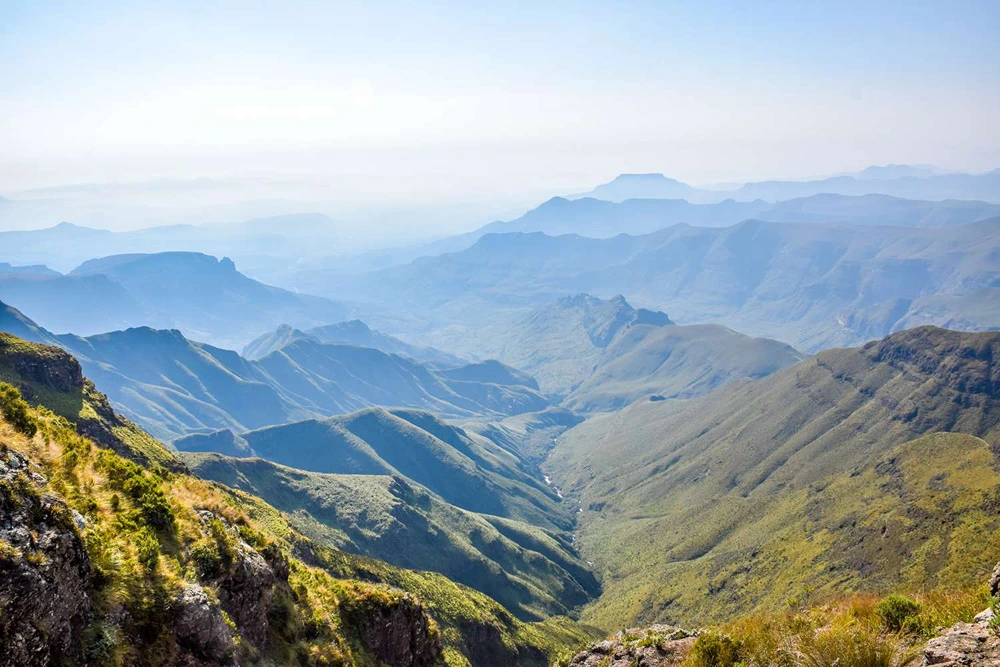
The Drakensberg Mountains offer a wide range of accommodation options to suit every traveler’s needs. From basic campsites that allow you to immerse yourself in nature to luxury lodges providing top-notch amenities, there’s something for everyone. Whether you’re looking for a rustic mountain cabin or a high-end resort, the Drakensberg caters to various preferences and budgets. The diverse accommodation types make it an ideal destination for solo adventurers, couples, families, and groups.
- Drakensberg Sun: This resort offers a blend of comfort and luxury, with modern amenities and stunning views of the surrounding mountains.
- Cathedral Peak Hotel: Known for its prime location and historical significance, this hotel offers various recreational activities and exquisite dining options.
- Champagne Castle Hotel: A luxurious retreat that provides breathtaking views, fine dining, and a range of outdoor activities.
- Montusi Mountain Lodge: A tranquil lodge offering spacious suites, gourmet meals, and a variety of guided activities.
- Giant’s Castle Camp: Located in a nature reserve, this camp offers cozy accommodations and access to some of the best hiking trails in the region.
For those who prefer self-catering and family-friendly accommodations, the Drakensberg Mountains have plenty to offer. Self-catering cottages and chalets provide the flexibility to prepare your own meals and enjoy a home-like atmosphere. Family-friendly resorts often include additional amenities such as playgrounds, swimming pools, and organized activities for children, ensuring a fun and relaxing stay for all ages.
Weather and Best Time to Visit the Drakensberg Mountains
The Drakensberg Mountains experience a generally moderate climate, making it a favorable destination year-round. Summers in the valleys can get quite warm, with temperatures frequently exceeding 86˚F (30˚C). Despite the heat, the higher altitudes provide a cooler escape, making summer a great time for hiking and exploring the natural beauty of the region. Visitors should be prepared for sudden rainfall, especially in the afternoons, which can bring a refreshing change to the warm temperatures.
- April to September: The dry season, ideal for outdoor activities, with mild temperatures and minimal rainfall.
- October to March: The wet season, characterized by afternoon thunderstorms and lush, green landscapes.
- June to August: Winter months, bringing cooler temperatures and occasional snowfall in higher altitudes.
- November to February: Peak summer, with hot valley temperatures but cooler mountain conditions.
Winter in the Drakensberg Mountains, from June to August, can bring snow to the higher peaks, transforming the landscape into a winter wonderland. This season offers a unique experience for visitors who enjoy snow-covered trails and crisp mountain air. However, it is essential to pack warm clothing and be prepared for potentially challenging hiking conditions.
Travel Tips and Safety for Visiting the Drakensberg Mountains
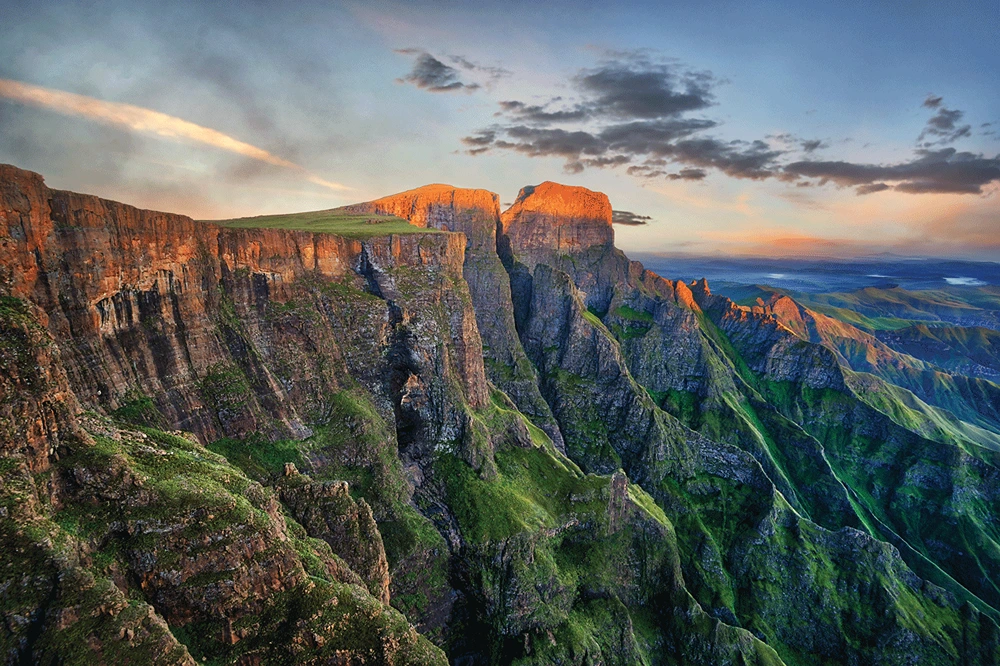
Visitors to the Drakensberg Mountains should plan carefully to ensure a safe and enjoyable experience. Carrying sufficient water is crucial, as dehydration can occur quickly, especially during strenuous activities. Wearing appropriate hiking gear, including sturdy footwear and layered clothing, can help manage varying weather conditions. Be prepared for sudden weather changes, as the mountains can experience abrupt shifts from sunny skies to rain or even snow in higher altitudes. Navigation skills are essential, particularly on less-maintained trails where clear markers may be absent.
- Carry enough water for the entire hike.
- Wear sturdy, comfortable hiking boots.
- Dress in layers to adapt to changing weather.
- Bring a map and compass for navigation.
- Inform someone of your hiking plans and expected return time.
Wildlife awareness is another critical aspect of safety in the Drakensberg Mountains. The region is home to various animals, including the potentially dangerous Puff Adder snake. Staying on designated paths can reduce encounters with wildlife. If you do come across an animal, maintain a safe distance and avoid provoking it. Carrying a basic first aid kit, including snake bite treatment supplies, is advisable.
Final Words
The Drakensberg Mountains offer a rich blend of geographical significance, cultural history, and diverse outdoor activities. From ancient rock art to challenging hiking trails and luxury accommodations, the region caters to all types of travelers. Understanding the climate and best times to visit can enhance the experience further.
Whether exploring the breathtaking landscapes or immersing in local traditions, your visit to the Drakensberg Mountains promises unforgettable memories. Embrace the adventure and ensure to follow the travel tips for a safe journey.
FAQ
Where are the Drakensberg Mountains?
Drakensberg mountain is located in which country?
What is the highest peak of the Drakensberg Mountains?
How were the Drakensberg Mountains formed?
What is so special about Drakensberg?
What does Drakensberg mean in English?
Why is Drakensberg called “Dragon Mountain”?
How many hiking trails are in the Drakensberg Mountains?
What are some interesting facts about the Drakensberg Mountains?
What kind of outdoor activities can one do in the Drakensberg Mountains?
Top Attractions
Can you truly understand a nation's soul without…
Is the allure of traveling from Agadir to Essaouira piquing…
Why would an ancient civilization dedicate 180 years to…


